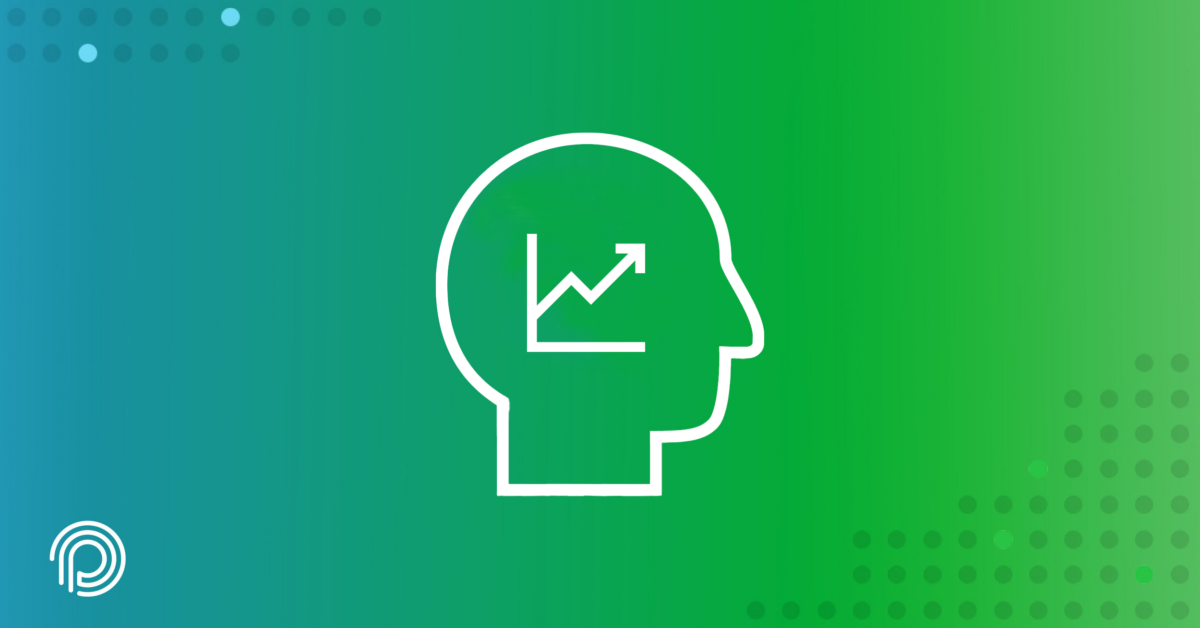What are the hallmarks of a high-quality workforce? How do employers develop those traits in their employees? These are questions every business leader asks themselves, especially in this tricky employment landscape of 2022.Employers face a challenging, changing, shifting landscape as they try to find, motivate, empower, and pay for today’s best workers.
This reality has not been lost on employers in the long-term care industry. In early April, the National Academies of Sciences, Engineering, and Medicine issued a report calling for improved care at nursing homes. The group identified a number of measures to achieve the goal. High among them: A recommendation to strengthen the nursing home workforce.
What makes a “high-quality workforce”?
The report envisioned a nursing home workforce that is “well prepared, empowered, and appropriately compensated.” To strengthen these characteristics, the group emphasized the importance of education. “Nursing homes and state and federal governments should advance the role of and empower certified nursing assistants by providing free training and career advancement opportunities,” the report said.
The report also encouraged nursing homes to provide diversity, equity, and inclusion training for all workers and leaders.
Making progress possible
The report’s call to action is one that is both necessary and challenging. While the group recognized the need for government assistance, much of its push for improvement placed the onus on one group: employers.
Any employer needing to bolster its workforce understands the weightiness of the task. How do you shift skill, performance, and expectations for an entire group of people?
I’m sure we’re not surprised by these findings, but the report’s call to action is easier said than done. We DO know there are certain people who thrive in their working with seniors. But why?
We know there are better ways to manage and bolster a workforce: finding each person’s motivation. Let’ find the “why” inside what makes people thrive so we can help support them exactly where they need it most. With tech-driven insights into how workers operate, employers can examine swaths of their workforce in seconds to determine the strengths their workers naturally possess — and the areas where they most need improvement.
The right tools make a broad call for education much more doable. With a little bit of time and a dash of effort, progress becomes possible.
To find out how PeopleBest can help your team reach its potential, book a demo and set up a time to chat with one of our specialists.
PeopleBest is a revolutionary, simple and powerful way to capture the exact ‘DNA of success’ inside people, teams and companies.






